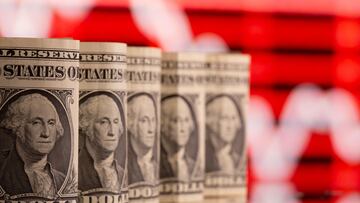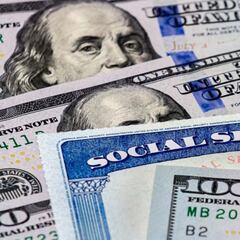What is ‘soft saving’ and how does it affect retirement plans?
The young generation has had its entire existence punctuated by mutliple economic crises that has shifted attitudes around saving.


The Baby Boomer generation is coming into retirement age right now. They have a mix of retirement accounts, such as 401(k)s and IRAs, and may rely on Social Security and their housing equity. As generations go, they are pretty secure in their finances on the whole.
Buy-and-large they have had ‘hard saving’ habits. This refers to the intentional and structured saving of money for retirement. It involves contributing to retirement accounts such as 401(k)s, IRAs, or other long-term investment vehicles with the specific goal of building a retirement nest egg. Hard saving involves a well-defined plan and consistent contributions over time.
However, the same is not being seen by younger generations. They have been affected by: the 2008 financial crisis, the burgeoning student debt disaster, covid-19, and rampant housing costs. In short, what money has been saved has been ripped away from them.
Studies have shown that 3 in 4 Gen Zers are hesitant to set long-term goals because of finances while 2 in 3 think they will never have enough money to retire.
'soft saving', also known as 'living paycheck to paycheck' https://t.co/YLQzEcaPJo
— abby (@abby4thepeople) October 23, 2023
These people are more likely to embrace a “balance between the traditional ‘hustle’ to save every single penny and using some of their extra income to enjoy life now,” said Ryan Viktorin, vice president financial consultant at Fidelity Investments, a financial services corporation.
This is the essence of ‘soft saving’, a rejection of the traditonal methods of saving for retirement and living in the now. And what is the alternative? High rents, housing, and general living costs make saving significant money impossible for many.
Changing patterns to saving money
Related stories
It is no secret that the US is in an economic downturn, recession or not. High inflation from 2022 was then followed by high interest rates, annihilating savings. This is reflected in data from the Bureau of Economic Analysis. The personal saving rate, which represents the percentage of disposable income allocated for savings, is 3.9%. Importantly, this figure is much lower than the 8.51% average from the last ten years.
No. Enough with this. Give people pensions and pay them enough to retire. pic.twitter.com/L48WIbAsOv
— More Perfect Union (@MorePerfectUS) October 23, 2023
This could lead to a future without retirement with Americans working until the day they die. With questions about the sustainability of the welfare state, it is a future many people would be scared of.

